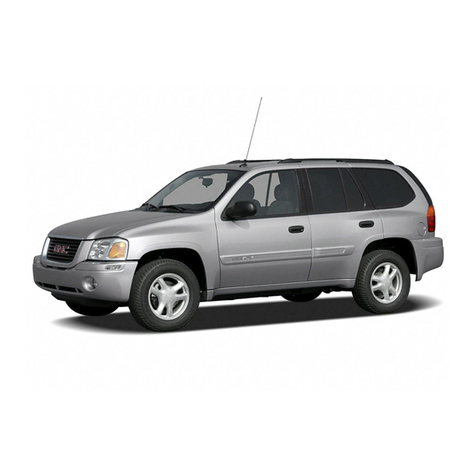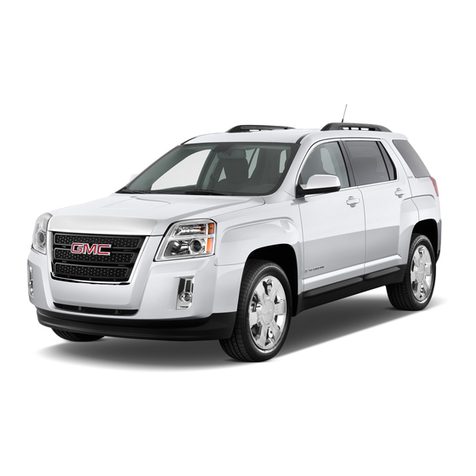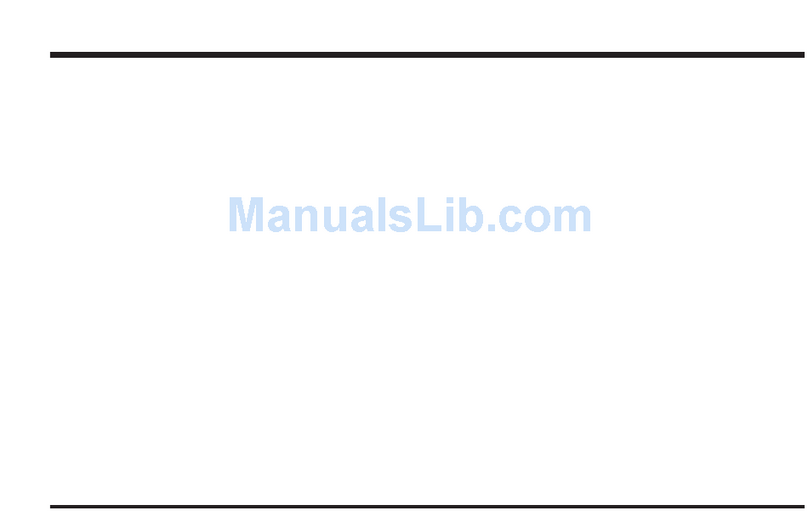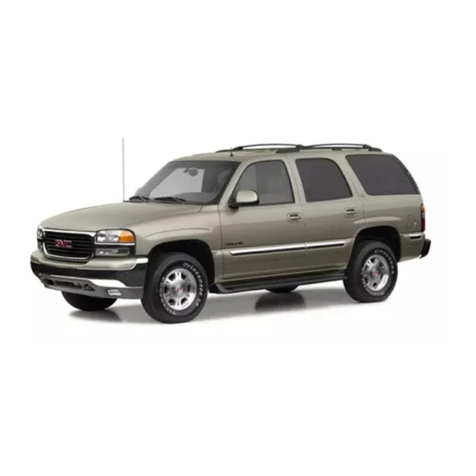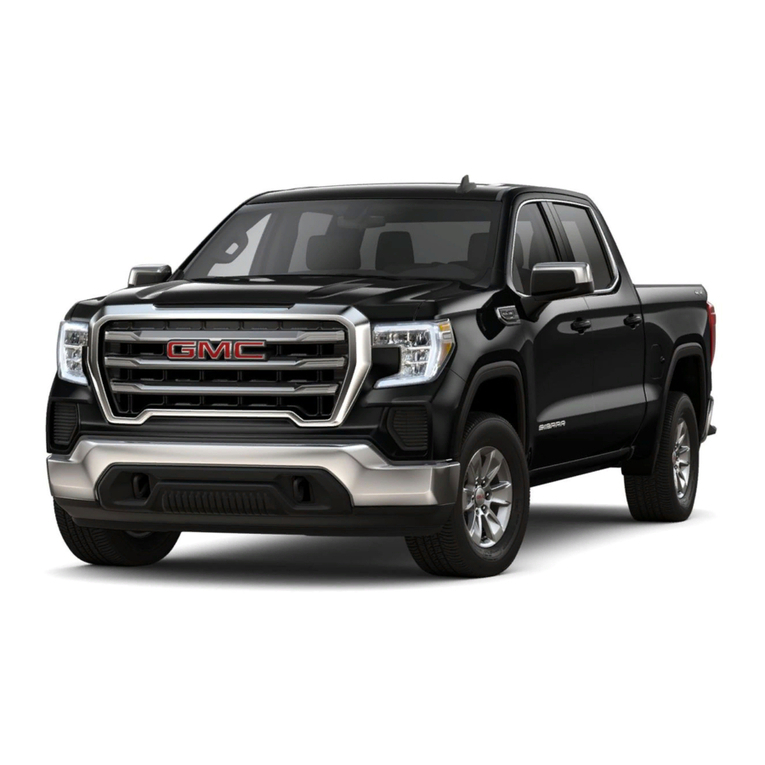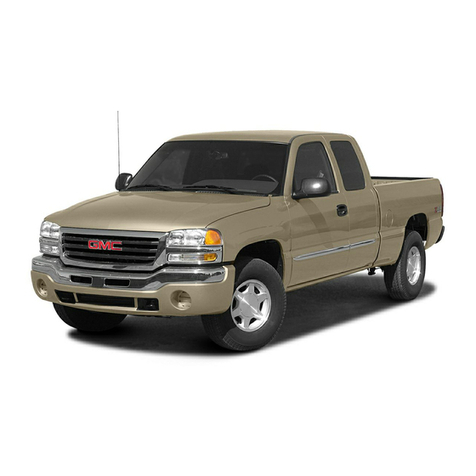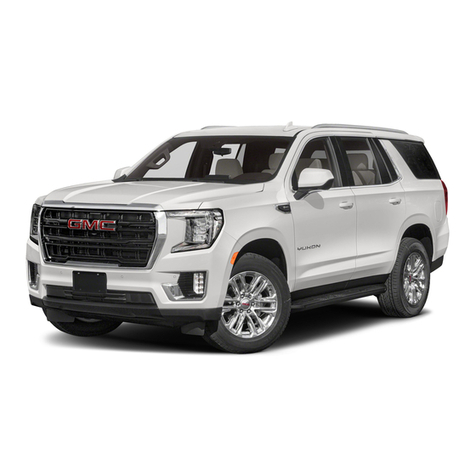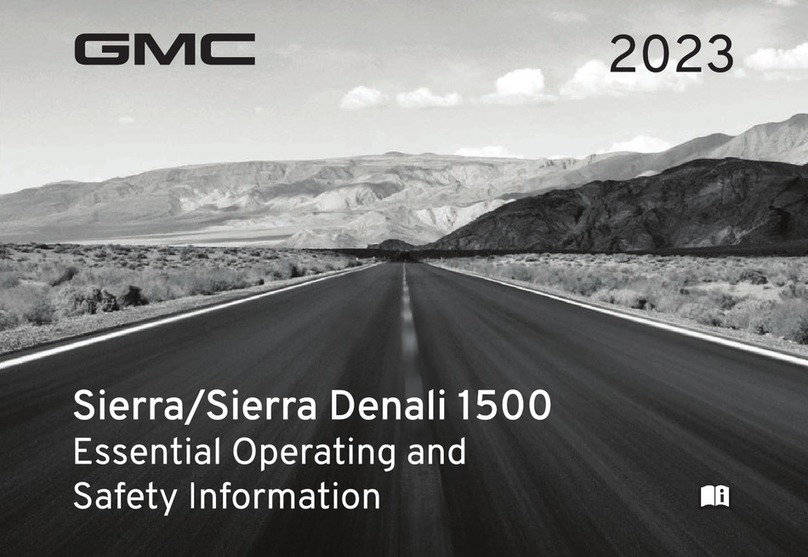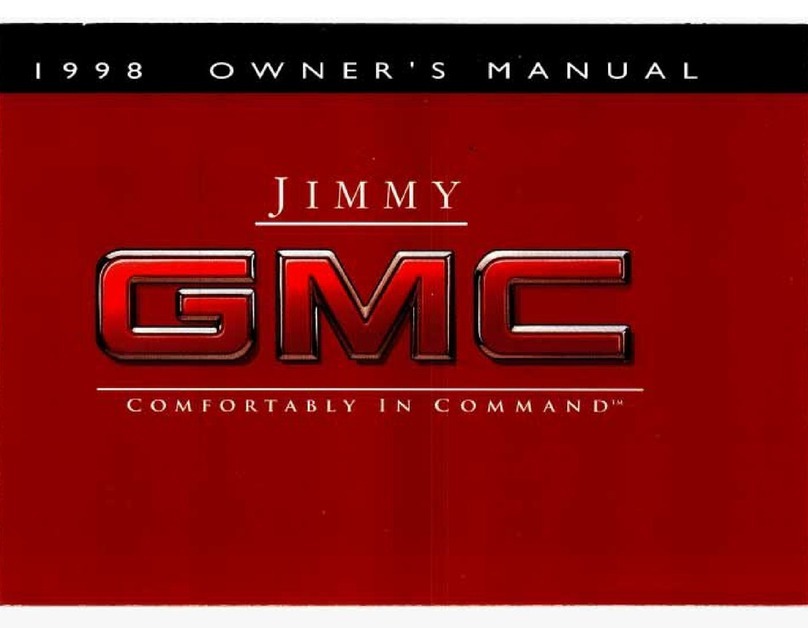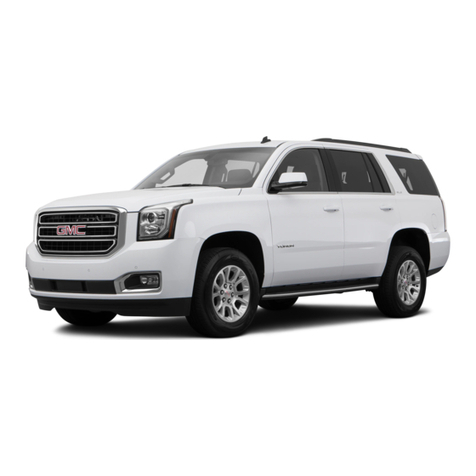Section Seats and Restraint Systems
Front Seats
.....................................................
.l -2
PowerSeats
.............................
..............
1-2
Power Lumbar
...............................................
1-3
Heated Seats
.................................................
1-3
Reclining Seatbacks
........................................
1-4
HeadRestraints
.............................................
1-6
Rear Seats
.......................................................
1
-7
Rear Seat Operation
.......................................
1-7
Safety Belts
.....................................................
1-8
Questions and Answers About Safety Belts
......
1-12
How to WearSafety Belts Properly
.................
1-13
Driver Position
..............................................
1.1 3
Safety BeltUse During Pregnancy
..................
1-21
Right Front Passenger Position
.......................
1-22
SafetyBelts:They Are forEveryone
.................
1-8
Center Passenger Position
.............
.....
1-22
RearSeatPassengers
......................
.....
1-24
RearSafetyBeltComfortGuidesfor
Children andSmall Adults
..........................
1-27
SafetyBeltExtender
.........................
.....
1-29
ChildRestraints
.............................
.....
1-30
Older Children
..............................................
1-30
Infants andYoung Children
............................
1-32
Child Restraint Systems
................................
-1-36
Where to Put the Restraint
.............................
1-38
Top Strap
...................................................
.l -40
Top Strap Anchor Location
.............................
1.41
Children (LATCH System)
.......................
1-43
for the LATCH System
...............................
1-46
Outside Seat Position
................................
1-46
RearSeat Position
....................................
1-48
Front Seat Position
....................................
1-50
AirBag Systems
.......................
..............
1-57
Where Are the Air Bags?
............................
1-59
WhenShouldanAir Bag Inflate?
....................
1-61
WhatMakes an AirBag Inflate?
.....................
1-61
LowerAnchoragesandTop Tethers for
Securing a Child Restraint Designed
Securing a Child Restraint in aRear
Securing a Child Restraint in aCenter
Securing a Child Restraint
in
the Right
HowDoes an Air Bag Restrain?
.....................
1-62
What Will YouSeeAfteranAir Bag Inflates?
...
1-62
AirBag
Off
Switch
........................................
1-64
Passenger Sensing System
............................
1-68
Servicing YourAirBag-Equipped Vehicle
.........
1-72
AddingEquipment to YourAir Bag-Equipped
Vehicle
....................................................
1-72
Restraint System Check
..................................
1-73
CheckingYour Restraint Systems ...................1-73
Replacing Restraint System Parts
After aCrash
..............................
......
.l -73
1-1


